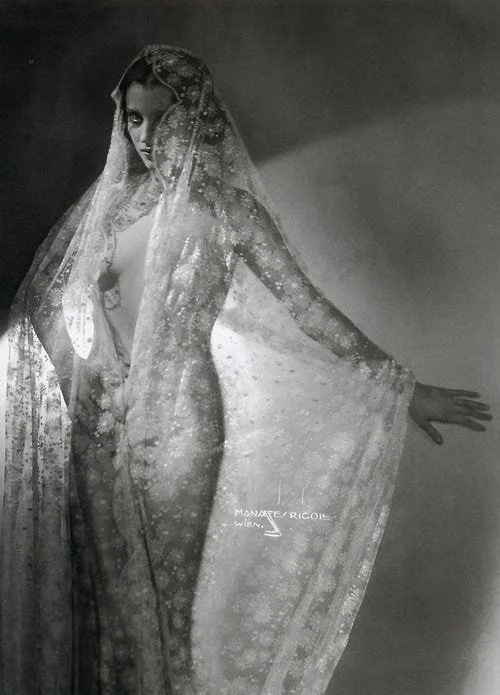Aesthetic Sublime
Fashion is a kind of magic: a melting pot of textures and fabrics, a kaleidoscope of hues overlapping with one another, fits and flares and boning and corsets and padding and pleats. Our body is our signifier and our vessel, and in that way it conceals what is inside by projecting it on the outside. Our clothes are the veilings of our private selves. We wear what we think and what we feel.
What we wear provides the foundation for the expression of our identity- our ‘aesthetic’. This word gets thrown around a lot on social media. Sometimes I open my phone and am swarmed by hundreds of new trending micro-aesthetics that encompass every genre of music, book, makeup product, etc. It can be a fun way of getting to know yourself. I’d see those ‘starter pack’ niche memes on Instagram that were so directed towards a specific audience, it felt comforting. If I found myself slotting into one of these categories of people, I would often be tempted to buy all of the products that were associated with the aesthetic. I look back and think how dated that seems now, but the truth is that different versions of this same thing are still breeding like rabbits, consuming For-You pages and dictating the image that people, particularly women, hold of themselves.
‘The Aesthetic Sublime’ is proof of the high emotions that we attach to visual stimuli. When we look at ourselves in the mirror, at what we are wearing, how our hair is sitting, how our makeup is looking, and it all fits together nicely into an embodiment of our favourite aesthetic, it feels euphoric. It feels like the outsides match the inside. With the magic that clothes, we reach a sublime joy. This is fun and freeing and exciting, and it’s what keeps fashion going, but it would be foolish to neglect the fact that reaching this fulfilment requires a certain level of self-obsession.
I love Pinterest to the ends of the earth, but I fear that many users (myself included) have taken the ability to compartmentalise topics and themes into visually appealing, seemingly ‘perfect’ images, slightly too far.
The ‘Aesthetic Sublime bleeds into intimate parts of our life that in truth are often not aesthetically appealing, but because we are so reliant on being stimulated from pictures, we expect these intimate moments to be a Pinterest board. I guess in many ways it’s similar to wanting things to be like the movies- like a heart-throb romance or a triumphant victory. But just like these images, those movies are constructed, whereas our reality is not. There is no denying that these pictures are visually stunning. They are art in their own right- many of them require creative direction, quality photography, post-production editing, re-takes, and meticulous arrangement of composition. But we don’t see that, we just see the pretty photo, and with a click of a button we can lump it in amongst other pretty photos and pretty soon we have a moodboard of an ideal that we will be forever in pursuit of attaining.
It requires self obsession because you are directing the way you wish to be perceived. You look online and see the infamous ‘clean girl aesthetic’ and think “oh yes I’d love to be that- I’ll need to get rid of my acne”. You might find the ‘coquette aesthetic’ and think “I should listen to Lana Del Rey and get some lace stockings”. What’s more, you might come across a video that gives you a moodboard according to your university major, “which squishmellow are you?”, “choose your dream bed and receive your fortune for the year”, “look at what the AI filter thinks is in your mind!”. You’re having fun and finding relatable content meanwhile you are constantly thinking about yourself- or what other people define as yourself.
The thing about sublimities is that they can be equally beautiful and terrifying. Sublime creation and sublime destruction are both extend from the same level of intense emotion. Visual aesthetics seem to hold the capacity for this intense emotion. It’s dangerous but we can’t stop.

